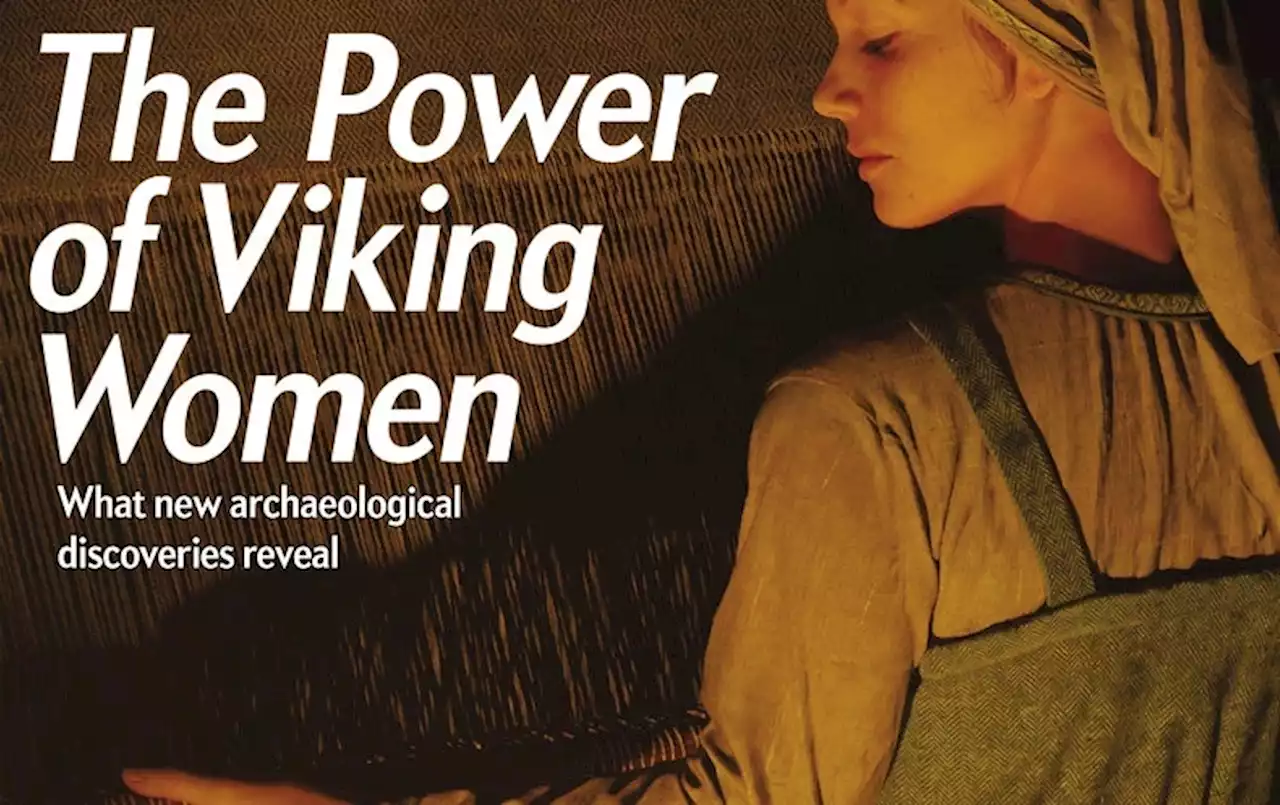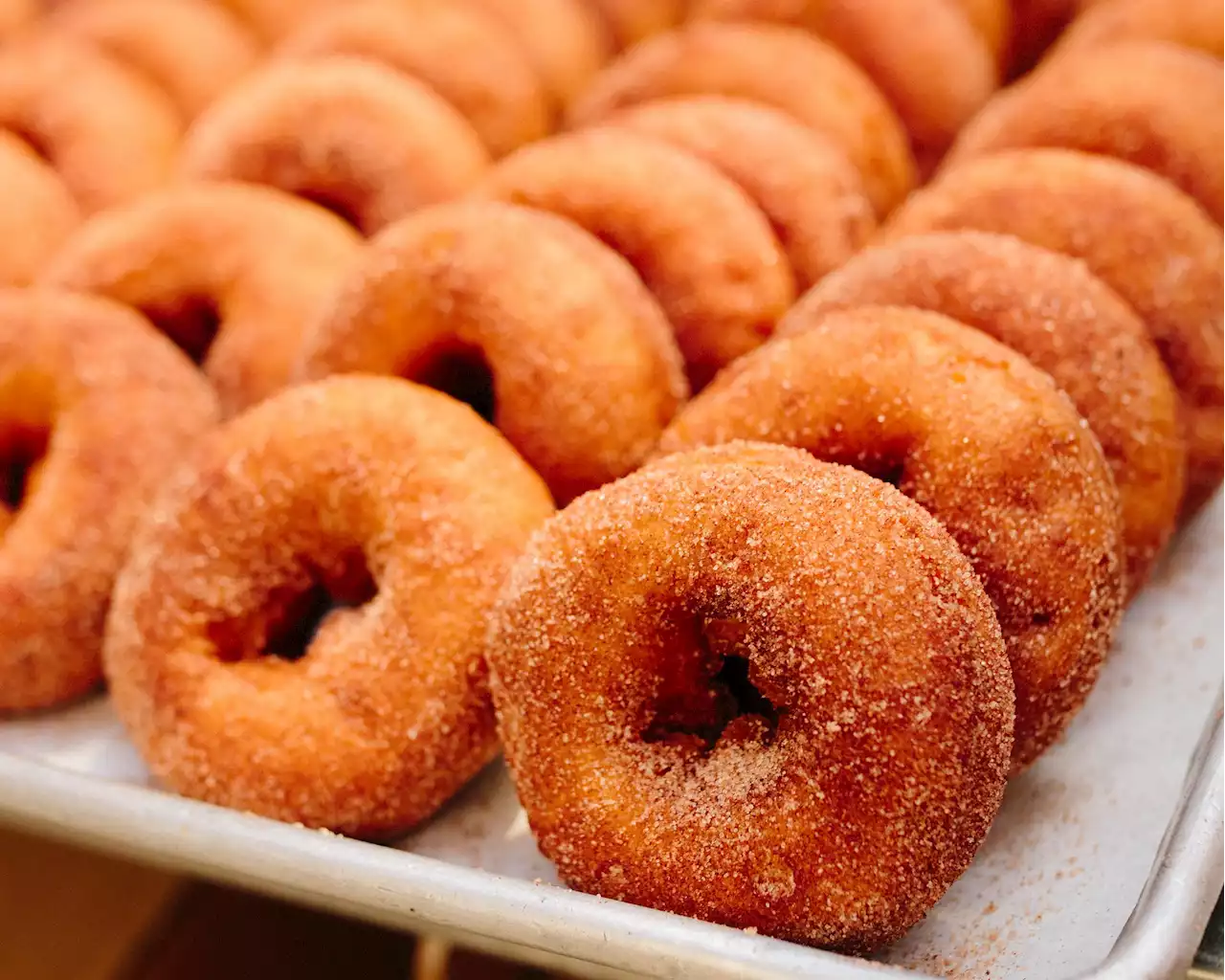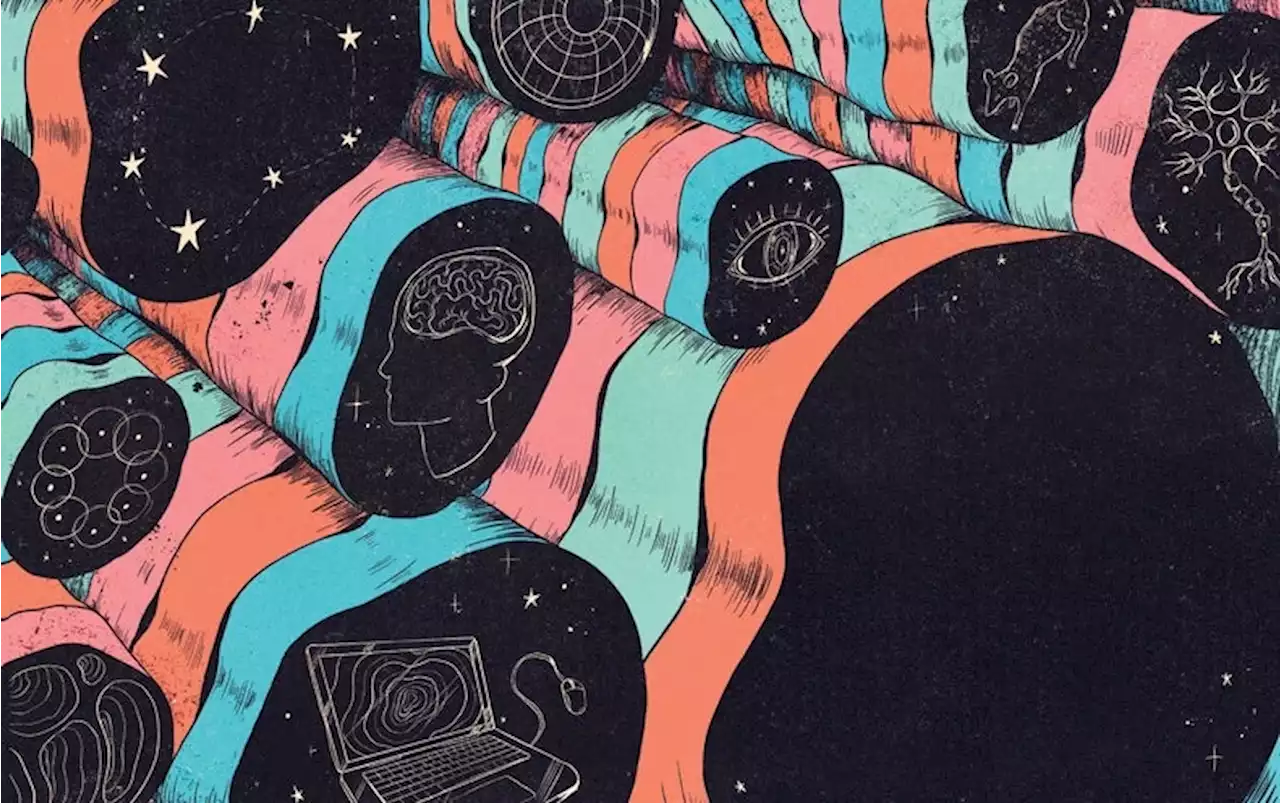Topology, sometimes called rubber sheet geometry, is finding patterns in the brain, drugs and evolution
Benjamin Adric Dunn, a data scientist at the Norwegian University of Science and Technology, shows me a picture of unevenly spaced dots arranged vaguely like the rocks at Stonehenge. The overall pattern is clear—at least, to a human. “When we look at this, it's obviously a circle,” he says. But an algorithm would likely struggle to recognize this simple shape. “It very often misses the big picture.
Like the formation of constellations from stars, topological data analysis helps mathematicians build revealing shapes from scattered dots. Researchers begin by using the data points as nodes or joints in a virtual scaffolding, building complex structures that may extend through hundreds of dimensions. The resulting picture contains much of the essence of the original data but in a more tangible form.
Topologists classify holes based on their dimension. A closed loop, like the numeral 0, has a one-dimensional hole because it is formed by gluing together the ends of a one-dimensional line. Starting with a two-dimensional plane, like a sheet of paper, and taping up the edges will yield something like a hollow ball, which has a two-dimensional hole.
As we squint at a diagram of the brain, it might look like a collection of points, representing neurons. Some of them are connected by lines, indicating a synapse between those particular neurons. Mathematicians refer to this structure as a graph: a collection of nodes connected by edges. The graph flattens the biological complexity of the brain, but it retains the overall shape of the circuits.
The maximum number of neurons that Hess and others observed firing as a group was eight, so the largest piece of this simplicial complex was a seven-dimensional triangle. Many elements overlapped, forming a multidimensional sculpture: a triangle might jut out of a tetrahedron and meet another triangle at a point. Moreover, the mathematicians and scientists examined not just one but a series of freeze frames, taken after simulating a gentle stroke of the rodent's whiskers.
To make the first simplicial complex, they cast the widest net possible, connecting every point to every other point to form a dense mesh. Filling in this web with solid forms yields a high-dimensional simplicial complex with few discernible features. But the mathematicians need to compare this complex with others formed by connecting the data at smaller scales. So, next, they cast a narrower net over the same data, connecting only nearby points.
Brain loops The most intriguing application of TDA might be at the most basic level of brain organization—a single type of neuron. In 2014 John O'Keefe and research partners May-Britt Moser and Edvard Moser received the Nobel Prize in medicine for discovering, respectively, place cells and grid cells, types of neurons that activate when an animal is in specific locations. They act as sensors for position, says Carina Curto, a mathematician at Pennsylvania State University.
Neuroscientists could see this pattern when the rat was running around a box. But it was harder to visualize the pattern when the rat moved around other test fields, like a bicycle wheel with spokes and a central hub. Each grid cell was still firing in multiple positions, but scientists were not confident about the underlying map. The arrangement of dots was not obviously structured.
Österreich Neuesten Nachrichten, Österreich Schlagzeilen
Similar News:Sie können auch ähnliche Nachrichten wie diese lesen, die wir aus anderen Nachrichtenquellen gesammelt haben.
 It's Time to Fight Light PollutionLearn about Viking women, doughnuts in the brain, nuclear weapons, and more in the October issue of Scientific American
It's Time to Fight Light PollutionLearn about Viking women, doughnuts in the brain, nuclear weapons, and more in the October issue of Scientific American
Weiterlesen »
 Higher Levels Of This Underrated Fat Boosts Brain Health, Study SaysA new study has revealed that people with higher levels of DHA (an omega-3) cognitively benefit more from B vitamin supplementation. This is important since B vitamins help to support cognitive function and sharpen your brain, even as you age.* 🧠
Higher Levels Of This Underrated Fat Boosts Brain Health, Study SaysA new study has revealed that people with higher levels of DHA (an omega-3) cognitively benefit more from B vitamin supplementation. This is important since B vitamins help to support cognitive function and sharpen your brain, even as you age.* 🧠
Weiterlesen »
 Parents encourage brain tissue donation after young son dies from rare pediatric brain cancerOwen Petrzelka was just 5 years old when he was diagnosed with a rare pediatric brain cancer. After he passed, his parents donated his brain tissue for research in hopes of helping other kids with DIPG.
Parents encourage brain tissue donation after young son dies from rare pediatric brain cancerOwen Petrzelka was just 5 years old when he was diagnosed with a rare pediatric brain cancer. After he passed, his parents donated his brain tissue for research in hopes of helping other kids with DIPG.
Weiterlesen »
 Clemson football earned its doughnuts vs. Wake Forest – and yes it was sweetIt has been a longstanding tradition for the Clemson football team to be treated to Krispy Kreme doughnuts each and every time the Tigers notched a victory at Wake Forest.
Clemson football earned its doughnuts vs. Wake Forest – and yes it was sweetIt has been a longstanding tradition for the Clemson football team to be treated to Krispy Kreme doughnuts each and every time the Tigers notched a victory at Wake Forest.
Weiterlesen »
 Where to Find Apple Cider Doughnuts Around the DC Area - WashingtonianIt's the prime season for pumpkin patches and corn mazes. But mostly we're just excited about the apple cider doughnuts. Here are some places—near and far—where you can get your fix. Apple House 4675 John Marshall Hwy, Linden, Va. Heading to Shenandoah? Don't miss this 59-year-old comfort food restaurant, which—as the name might suggest—is famous
Where to Find Apple Cider Doughnuts Around the DC Area - WashingtonianIt's the prime season for pumpkin patches and corn mazes. But mostly we're just excited about the apple cider doughnuts. Here are some places—near and far—where you can get your fix. Apple House 4675 John Marshall Hwy, Linden, Va. Heading to Shenandoah? Don't miss this 59-year-old comfort food restaurant, which—as the name might suggest—is famous
Weiterlesen »
